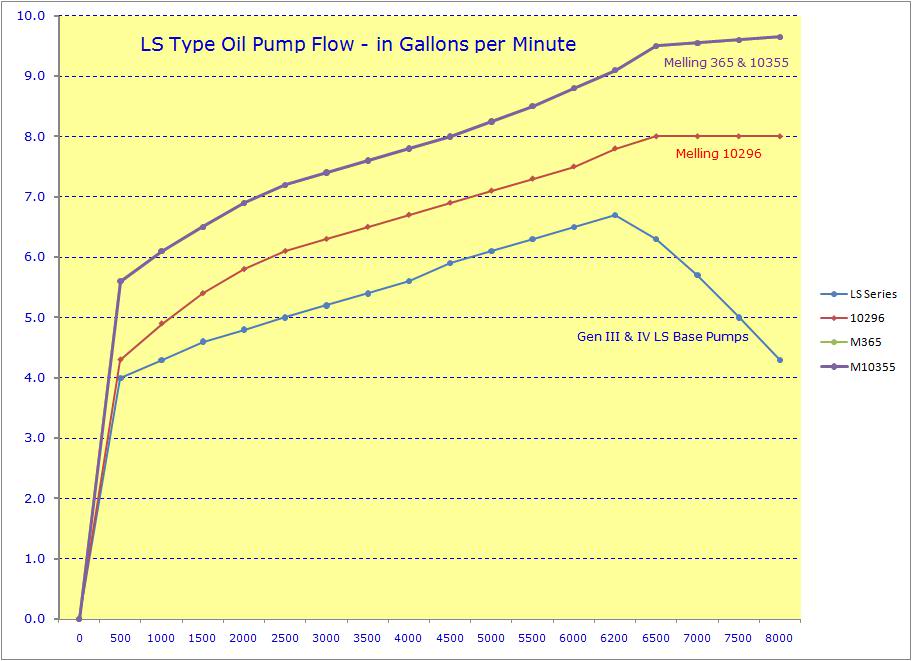busterrm
solid fixture here in the forum
Okay, a friend is wanting my help building a motor for his strip car.
Its a 73 Camaro, wt is 3000# with driver, rear gear is 4:11, not sure what tranny but is a manual tranny. Which do you guys think would be wiser, Big Block or LS series. He has a 454 block already. He is wanting 700 hp area to be the result.
Its a 73 Camaro, wt is 3000# with driver, rear gear is 4:11, not sure what tranny but is a manual tranny. Which do you guys think would be wiser, Big Block or LS series. He has a 454 block already. He is wanting 700 hp area to be the result.

